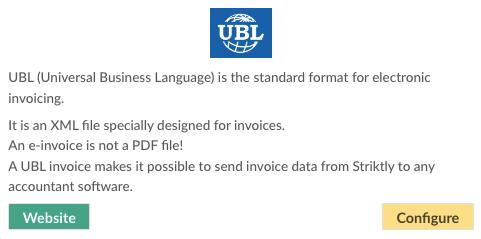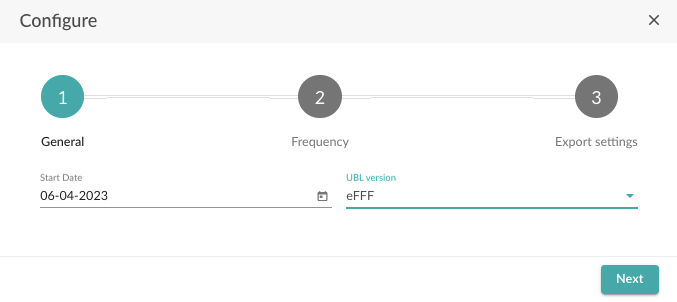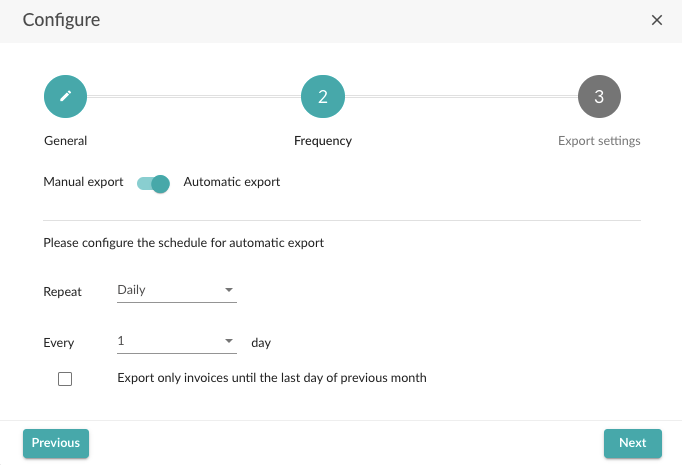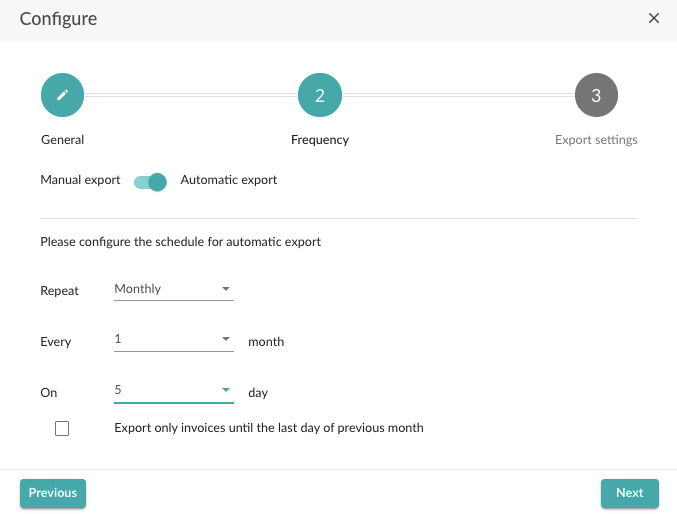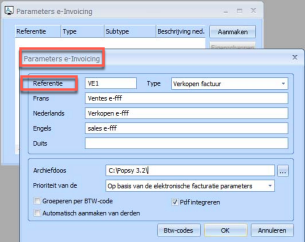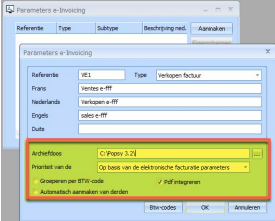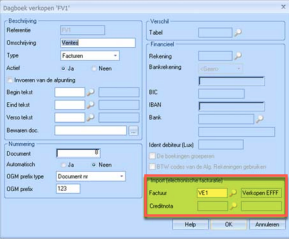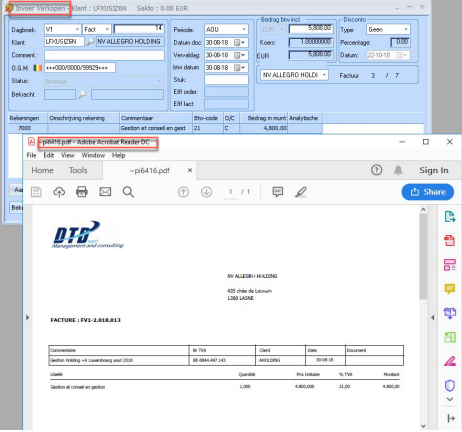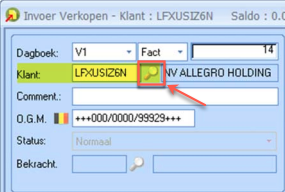How to link Go Getter with Allegro
In the article below, we will focus on how to link Go Getter with Allegro.
Currently, Allegro only supports UBL import.
What do you need to successfully use this integration:
- The name of the accounting package used by your accountant
- The frequency at which the invoices should be sent
- The e-mail address the invoices should be sent to
Establish the connection:
- Log in to the admin panel and go to the "Integrations" tab.
- Navigate to UBL and select "Configure".
- On the next page, enter a start date (all invoices from this date onwards will be exported).
- In the second field, you select the UBL version supported by your accountant's software.
The UBL version is contingent upon the version supported by the accounting program that reads the UBLs. When in doubt, consult with either the accounting software manufacturer or your accountant.
- Select "Next".
On the next page, you can choose between manual or automatic export, we opt for automatic export.
- Adjust the frequency of exports. This can be daily, weekly or monthly.
- If you choose weekly or monthly, you can also specify the day on which the export should take place.
Most customers prefer scheduling a monthly export a few days into the new month, allowing for a comprehensive review by both you and your accountant.
It is important to note that filing VAT returns on a monthly basis is required, with a deadline on the 16th. To ensure adequate preparation time for your accountant, we recommend exporting data on the 5th day of the following month. Don't forget to select only the previous month's invoices before sending.
- After adjusting the settings, select "Next".
- Finally, fill in the e-mail address the invoices should be sent to.
- Select "Save".
If you have followed the steps correctly, your outbound invoices will now be automatically delivered to your accountant.
- After completion of the preceding steps, you will receive the following e-mail in your mailbox.
- Click on "Download" to download the UBL files in zip format.
- Open the file in order to extract the documents.
Efficiently streamline the UBL storage process for Allegro by correctly placing the files from the ZIP archive on your computer.
Import UBL files into Allegro:
- Access the main menu and navigate to "Extra"- "eInvoicing" - "Parameters" in order to create new parameters.
- Insert your reference. Next, you can create new documents by making a selection between purchases or sales and between invoices or credit notes.
- Add a description.
- To archive processed files, navigate to the necessary directory on the second section of your screen.
- Identify the moheet
- st critical parameters, which can be the manually-added ones from earlier steps or those from your document cards.
- Select the following options if necessary:
- Grouping the detail lines by VAT code. This way, fewer booking lines will be generated.
- Automatic creation of third parties. If the supplier/customer does not yet exist, the data from the file will be used to create the card.
- Integrating the pdf in order to link the pdf to the booking
- To streamline the handling of VAT codes, utilize the "VAT code" button on the current screen. Simply input the VAT code and corresponding general account for proper allocation of recognized lines.
- Via the "Parameters/Journals" menu, you can now link, per journal, the import parameters created above. Thus, depending on the journal used, you can book the electronic invoices in different ways.
- Now, access the menu and navigate to "Extra" - "einvoicing" - "Import Purchases or Sales" in order to import the files.
- Choose the correct receiving directory.
- The files are displayed with the name of the sender of the invoice, the amounts excl. and incl VAT as well as the attachment, integrated or not.
- Continue by selecting the journal in which the invoices are to be imported.
Note that only journals containing linked parameters are available.
To avoid the need for leaving the import process to modify the fiscal year, you may opt to select the desired fiscal year for import directly from this screen.
- Complete the process by choosing the document and selecting "OK".
Import UBL files:
- To import a file using the "Import" menu, select the corresponding import option. Upon opening the import screen, the relevant fields will already be pre-filled. Additionally, a second screen will display the linked PDF document.
- If you chose the "Automatically create third parties" option while setting up your parameters, Allegro will automatically create the unknown third parties and give them a random reference.
- In case the current reference fails to meet your needs, simply click on the magnifying glass icon to access the list of third-party options. You can opt to select an alternative existing reference or adjust the random reference by utilizing the "Transfer" button.
Note that there are no available screenshots in English of the above software package.

